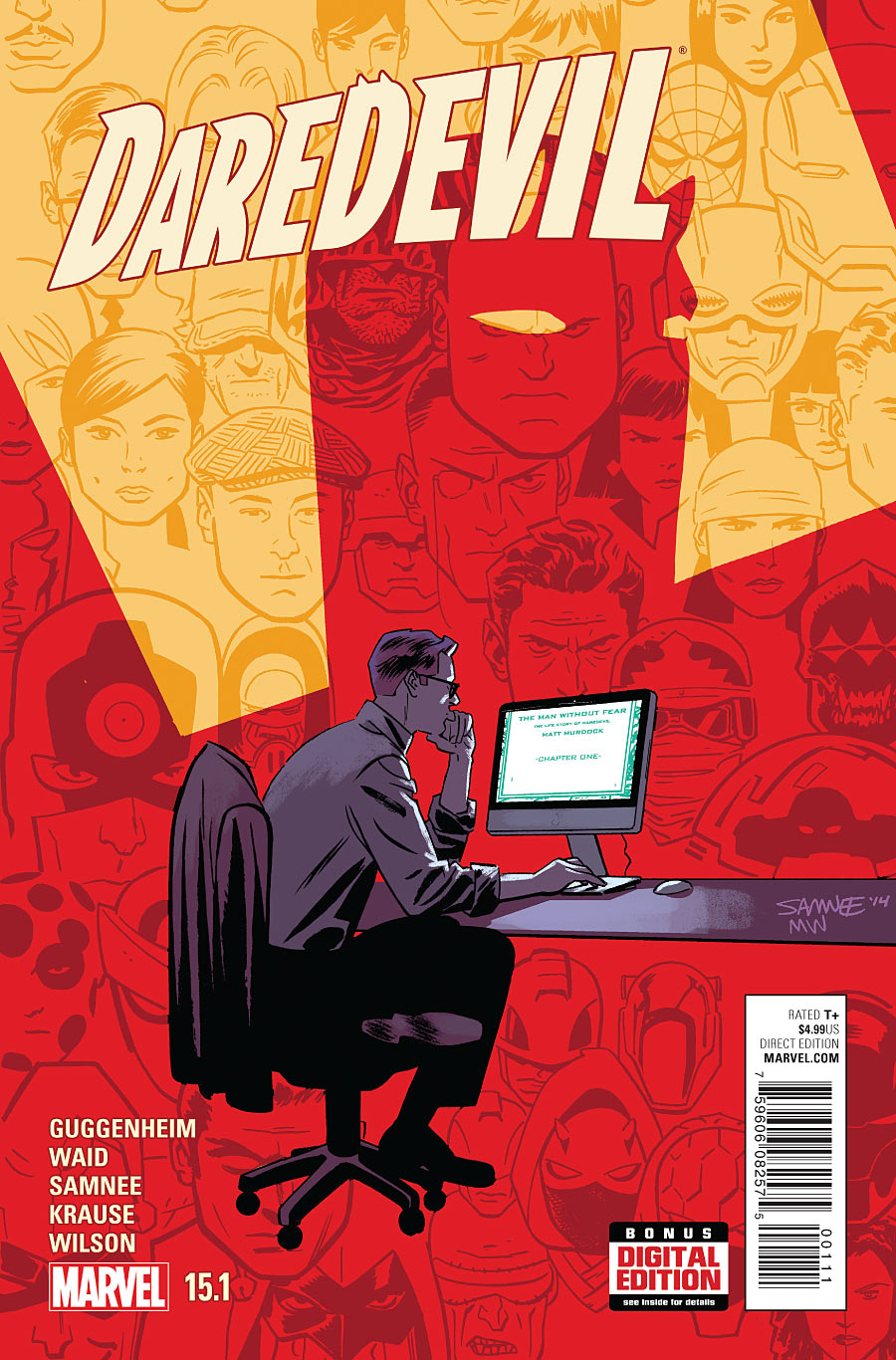Bob Ingersoll: THE LAW IS A ASS #373
ROSEWOOD IS STANDARD OPERATING PROCEDURAL
Seriously writers and producers of Rosewood, you don’t have to make it this easy for me.
Rosewood is a new TV series on Fox. It’s a police procedural; but to make it different from all the other procedurals it has a gimmick: the main character takes a drug that unlocks the full potential of his brain. No, wait, it’s that the main character is a naked amnesiac with tattoos all over her body.
Sorry I get confused. There are so many of these procedurals on TV that they’re starting to mix into one giant alphabet soup of NCSICIS.
Dr. Beaumont Rosewood, Jr. is an independent pathologist in Miami. When someone dies and the grieving family or friends aren’t satisfied with the findings of a standard autopsy performed by that incompetent government pathologist, they plop down 5k – 7,500 for a rush job – to hire Rosewood and all of his state-of-the-art equipment for an independent autopsy. So every week, Dr. Rosewood will look into some homicide and then proceed to procedural with Homicide detective Annalise Villa to solve that murder, because the police and their incompetent government pathologist could never do it on their own. (How many multi-millionaires took their talents to South Beach, anyway? Are there really enough super rich grieving family and friends to keep this pricey pathologist in practice?)
In the pilot episode of Rosewood, Dr. Rosewood and Detective Villa investigated the murder of a young woman. After they spun their wheels (literally; they showed Rosewood’s classic GTO convertible so many times, GM must have coughed up for product placement) for thirty-three of the show’s forty-five minutes – because wheel spinning’s the procedure of procedurals – they settled on their prime suspect. I’d say they found said suspect, because he was the only one left after they eliminated everyone else, but that wouldn’t be true. The first time this suspect was even mentioned in the show was when Rosewood and Villa decided he was the killer.
Said suspect was a
SPOILER ALERT!
high-end Miami DJ with a yacht from which he held spun platters and held parties. Sometimes he’d even take the party to Mexico, where he’d pick up black cocaine that had been molded so that it looked like records and smuggled it into Miami by mixing it in with his other records. The victim was one of his party girl dancers, who learned what he was doing. So he killed her.
In order to investigate the DJ, Rosewood and Villa went to one of his parties. Villa danced with the DJ. Then, while Rosewood created a diversion, Villa went below deck, knocked out the security guard who was guarding the below deck area insecurely, and proceeded to search the DJ’s living quarters and office. She found the black cocaine. She also found the DJ, who chose this plot-appropriate time to come below deck.
The DJ pulled a gun on Villa, because what’s a cop show without a cop in jeopardy? The DJ proceeded to confess to the murder, because what’s a cop show without a bad guy who monologs? Villa disarmed the DJ, but he got away and started to run, because what’s a cop show without a chase scene?
Not to worry, Rosewood and Villa caught him.
(Oops, forgot to SPOILER ALERT that “they caught him” bit. If you didn’t see the police catching the murderer in a police procedural coming, sorry I spoiled it for you.)
And, I’m sure they took the DJ to trial. I’m just not sure on what charges.
Murder? I’m not sure they have the evidence to make that charge stick. The second Villa searched the below deck area without a warrant she made an illegal search. The cocaine disguised as records that she found would be inadmissible. hat would make proving the DJ’s motive difficult.
Drug smuggling? Same problem. Illegal search, inadmissible evidence.
What about the fact that the DJ confessed to the crimes? Well here’s the thing, Villa got the DJ to confess by talking to him while he held the gun on her. She exploited her initial illegal search to get the confession. The Fruit of the Poisonous Tree Doctrine says any evidence obtained by exploiting an initial illegal search is also inadmissible. So the DJ’s confession probably wouldn’t be admissible, either.
Moreover, even if the confession wasn’t Fruit-of-the-Poisonous-Tree inadmissible, it was inadmissible for another reason. When Villa was dancing with the DJ, she slipped her phone’s bluetooth headset into his pocket. What he said was broadcast to some nearby police officers who had recording equipment bonded to Villa’s bluetooth.
Which begs the question, how powerful was Villa’s bluetooth? If I leave my phone in the kitchen and walk to the bedroom, my phone drops the bluetooth connection. How were some police officers who were several dozen yards away able to keep the connection open?
It also begs a more important question; hasn’t anyone connected with Rosewood heard of wiretap laws?
Seriously, how long would it take to research illegal wiretap laws in Florida? Exactly as long as it takes to type “Florida illegal wiretap law” into Google then hit the Enter key. That simple task immediately produces a link to Florida Statute 934.03.
Okay, it takes a little longer. You also have to read the statute.
Or you can trust me when I say I read the statute and it makes using an electric device – like a bluetooth – to intercept an oral communication a crime. So Villa’s bugging the DJ was also an illegal search, because it broke the law. (Breaking the law, how much more illegal can you get?)
But don’t worry, Rosewood and Villa can still get the DJ on another charge. See, while he was running away from the police, the DJ grabbed a girl at gunpoint used her as a hostage. Then he was captured.
While I had the Florida statutes keyed up, I also read Florida Statute 787.01. So if you’re still willing to trust me, I can tell you in Florida, a person who abducts another person (i.e., like grabbing her at gunpoint) to use as a hostage is guilty of kidnapping. When the DJ kidnapped the girl, he committed a new crime. Even better, the kidnapping was sufficiently attenuated from Villa’s illegal search, that the fruit of the poisonous tree doctrine wouldn’t apply to it.
So good news Rosewood and Villa, you can convict that bad old DJ on something. Maybe not murder. Or even drug smuggling. But kidnapping ain’t exactly chump change. And it’s extra special good news, considering your bad police work almost botched the case entirely. Remember Columbo’s gimmick was that he only pretended to be incompetent.
Although…
These procedurals all have some gimmick to differentiate them from all the other procedurals on the air. As gimmicks to separate you from other procedurals go, having investigators who are actually incompetent might be kind of fun.




















